Author: Monica E. Vaca-Cárdenas
Inclusive Classroom Environment
Creating an Inclusive Classroom Environment

September 9, 2014
Dr. Kay Ann Taylor Ph.D.
In this Workshop Dr. Taylor focused on the following questions:
- What does “inclusive” mean to you?
- What is the size of the class you are teaching?
- What is the format of your class?
- Do you create the Syllabus or is it given to you?
- If given to you, what would you do differently?
- What is your biggest fear about teaching? Why?
- Have any of you ever had a student challenge you? If so, why do you think they challenged you?
- What do you do if a student challenges you?
- Describe your favorite professor. Why was this person your favorite?
- Describe your least favorite professor. Why was this person your least favorite?
- How diverse are your classes in terms of gender, race, ethnicity, language, domestic /international?
- How do you accommodate this diversity?
- How do you describe your teaching style? Teaching centered or Learner centered?
- What is classroom environment?
- How do you describe the classroom environment you create?
- Why is an inclusive classroom important?
- Why is creating a safe learning environment important?
“A safe learning environment is an inclusive one”
Ambiente de Aula Inclusivo
Creando un Ambiente de Aula Inclusivo

Septiembre 9, 2014
Dr. Kay Ann Taylor Ph.D.
En este taller la Dra. Taylor se enfocó en las siguientes preguntas:
- ¿Qué significa “inclusivo” para usted?
- ¿Cuál es el tamaño de la clase que usted enseña?
- ¿Cuál es el formato de su clase?
- ¿Crea usted el syllabus o se lo entregan?
- Si le entregan el syllabus, ¿Qué haría diferente?
- ¿Cuál es su más grande temor al enseñar? ¿Por qué?
- ¿Alguno de ustedes alguna vez ha tenido un estudiante que lo ha desafiado? Si lo ha tenido, ¿Por qué cree usted que lo ha desafiado?
- ¿Qué hace usted si un estudiante le desafía?
- Describa a su profesor favorito. ¿Por qué fue esta persona su favorita?
- Describa a su profesor menos favorito. ¿Por qué fue esta persona su menos favorito?
- ¿Qué tan diversas son sus clases en términos de género, raza, etnia, lenguaje, nacional/internacional?
- ¿Cómo acomoda esta diversidad?
- ¿Cómo describe su estilo de enseñanza? ¿Centrado en la enseñanza o centrado en el estudiante?
- ¿Qué es el ambiente de clase?
- ¿Cómo describe el ambiente de la clase que usted crea?
- ¿Por qué es importante un aula inclusiva?
- ¿Por qué es importante el crear un ambiente de aprendizaje seguro?
“Un ambiente de aprendizaje seguro es aquel que es inclusivo”
Capacitación “En Riesgo”
“En Riesgo”
Presentado por Counseling Services.
Capacitación: Estudiantes en riesgo
ESTUDIANTES AYUDANDO ESTUDIANTES
En-Riesgo para estudiantes universitarios es una simulación de entrenamiento interactiva en línea designada para preparar a los estudiantes y líderes de estudiantes a (1) reconocer cuando un compañero está presentando signos de angustia psicológica y (2) dirigir una conversación con el estudiante con el objetivo de conectarlo con el servicio de apoyo apropiado.
En-Riesgo para estudiantes universitarios utiliza un ambiente virtual para realzar la experiencia de aprendizaje. Los usuarios asumen el rol de estudiante universitario y participan en una conversación simulada con un estudiante completamente animado quien muestra signos de depresión, pensamientos suicidas, ansiedad y abuso de drogas. Al proveer a los participantes con manos en la práctica, se vuelven más seguros y competentes en manejar situaciones similares en la vida real.
Los estudiantes pueden observar la demostración y luego registrarse.
https://www.kognitocampus.com/student
At risk
Avoiding Power Point
Evitando el uso de Power Point en clase
Spotlight 2015 Videos
SPOTLIGHT 2015 VIDEOS
It’s the Tesla of Teaching / Ashley Rhodes
The Embodied Student / Sally Bailey
Financial Therapy / Sonya Britt and Kristy Pederson-Archuleta
A Creative Life / Roger McHaney
Awaken Joy in Creativity / Naiqian Zhang
Dare to Teach Outside the Lines / Amit Chakrabarti and Laura Donnelly
Why We Need the Landscape Idea in Public Schoolyards / Katie Kingery-Page
To Live in this World / Jordan Thomas and Kenzie Wade
Closing Remarks / Michael Wesch
PLEASE SHARE WITH US YOUR COMMENTS/
PORFAVOR COMPARTA CON NOSOTROS SUS COMENTARIOS
Spring 2015 Teaching Workshop Videos
VIDEOS ABOUT…
Jan. 30, 2015
Welcome Remarks / Brian Niehoff
Learning and Motivation for the 21st Century Learner / Dr. Raymond Wlodkowski
A Daily Metacognition Exercise to Reinforce Learning / Bonnie Rush
Apps and Simple Tools to Engage Students During Instruction / Ann Knackendoffel
Going Green: Documenting Student Learning in the Classroom with ePortfolios / Phillip Payne
Jan. 31, 2015
Special Guest Speaker / Don Boggs
Understanding Motivation to Develop Culturally Responsive Teaching / Dr. Margery Ginsberg
PLEASE SHARE WITH US YOUR COMMENTS
Videos del Taller de Enseñanza Primavera 2015
VIDEOS DEL TALLER DE ENSEÑANZA PRIMAVERA 2015
Enero 30, 2015
Welcome Remarks / Brian Niehoff
Learning and Motivation for the 21st Century Learner / Dr. Raymond Wlodkowski
A Daily Metacognition Exercise to Reinforce Learning / Bonnie Rush
Apps and Simple Tools to Engage Students During Instruction / Ann Knackendoffel
Going Green: Documenting Student Learning in the Classroom with ePortfolios / Phillip Payne
Enero 31, 2015
Special Guest Speaker / Don Boggs
Understanding Motivation to Develop Culturally Responsive Teaching / Dr. Margery Ginsberg
PORFAVOR COMPARTA CON NOSOTROS SUS COMENTARIOS.
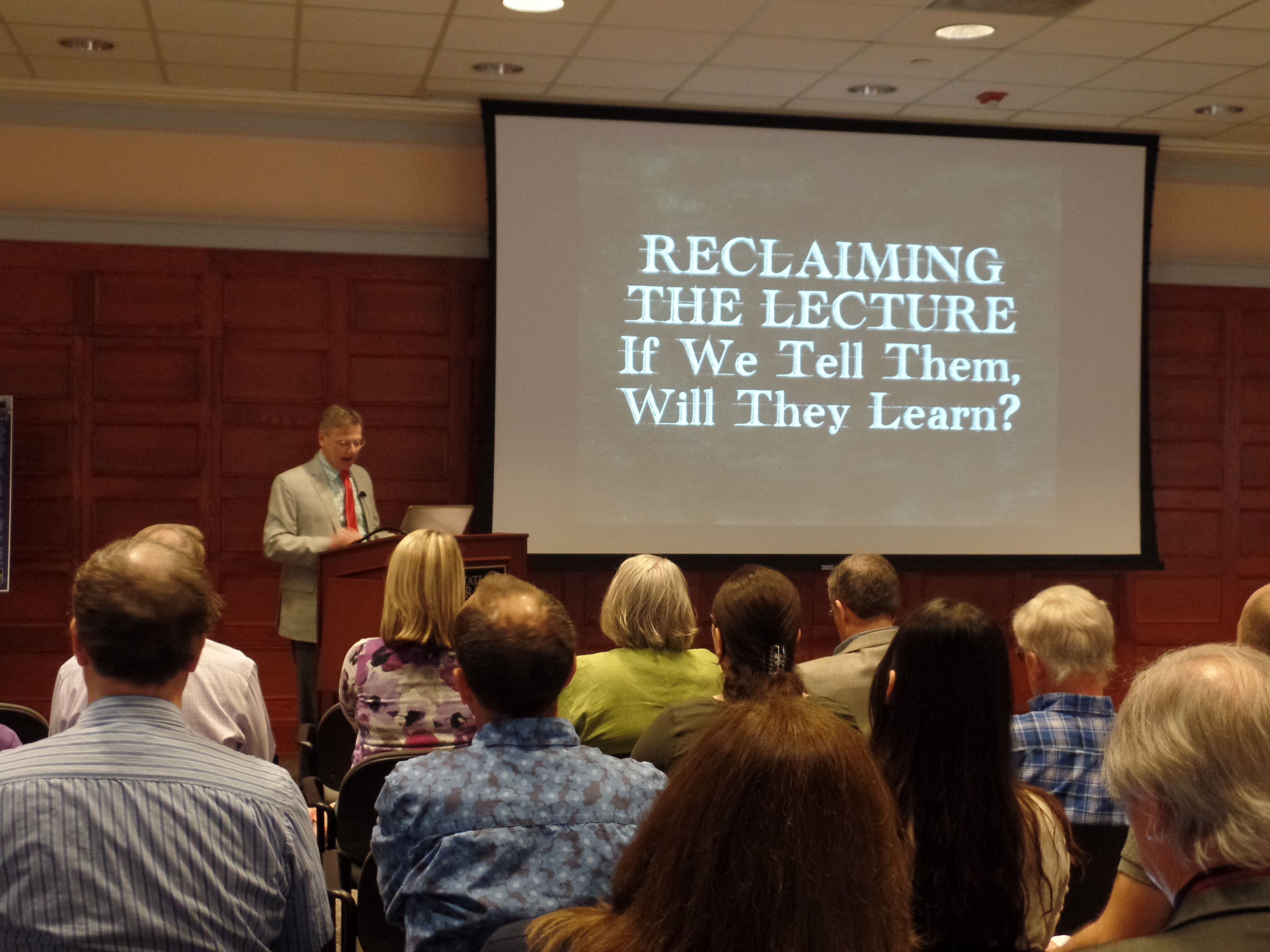
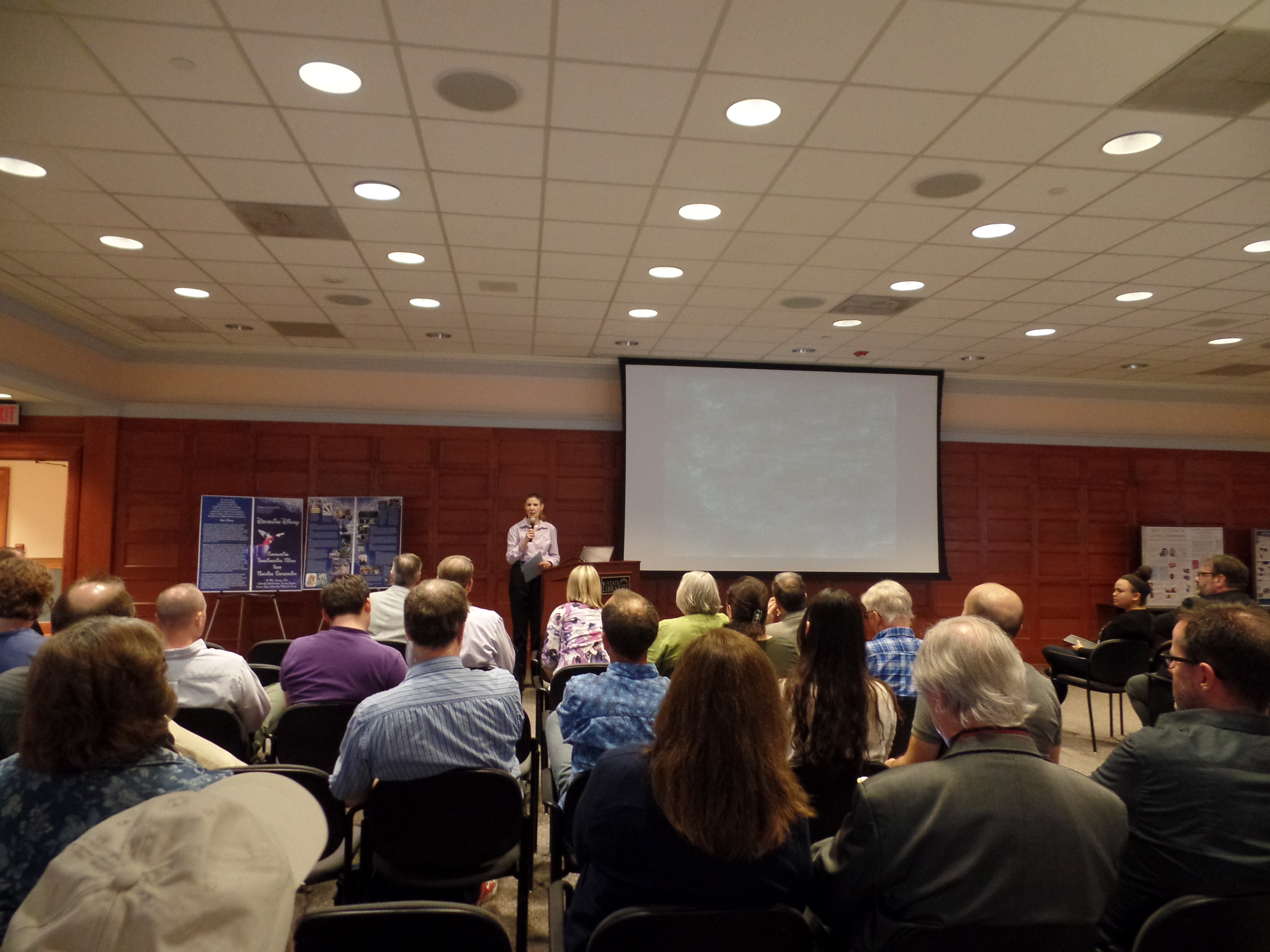

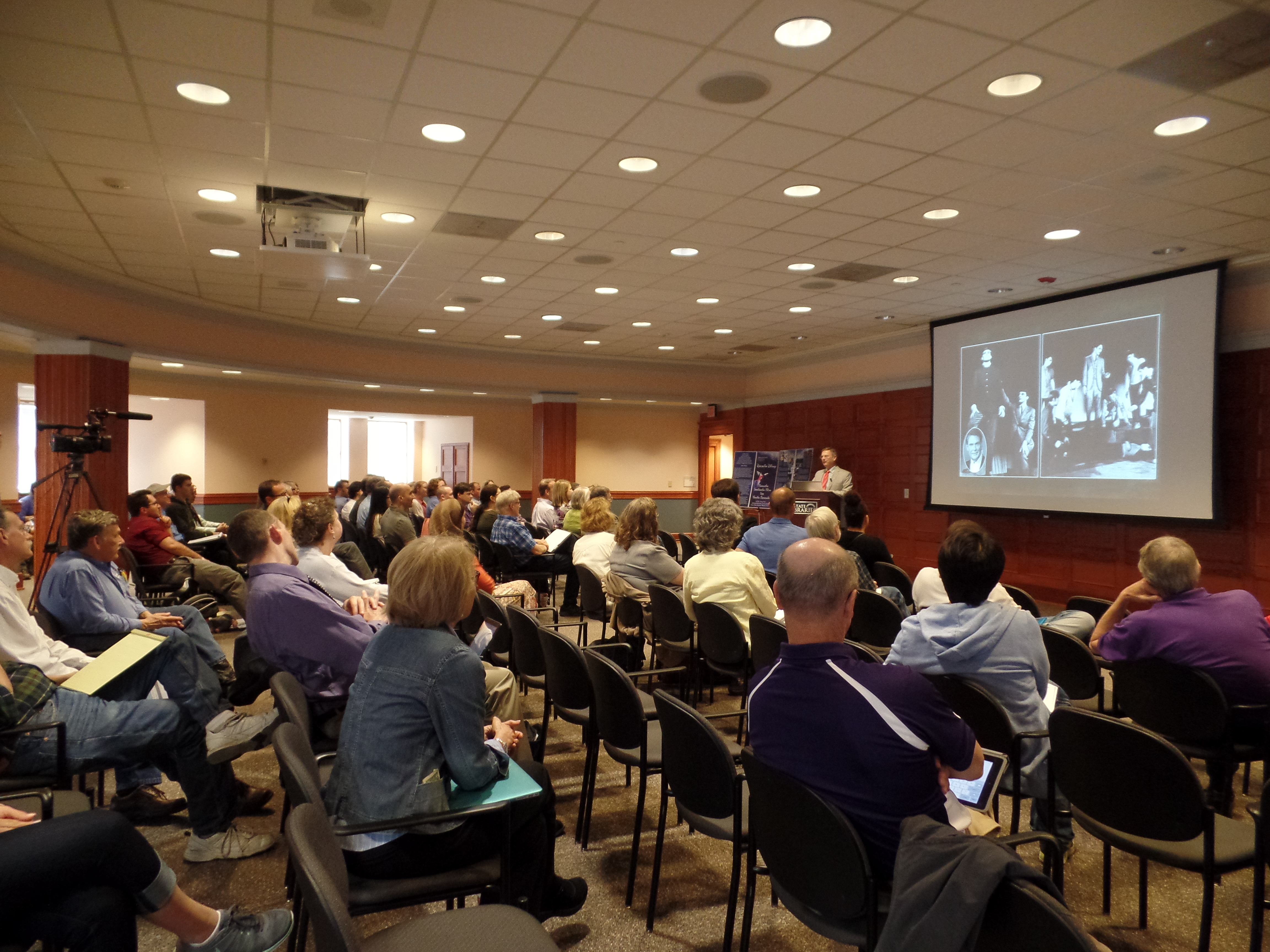



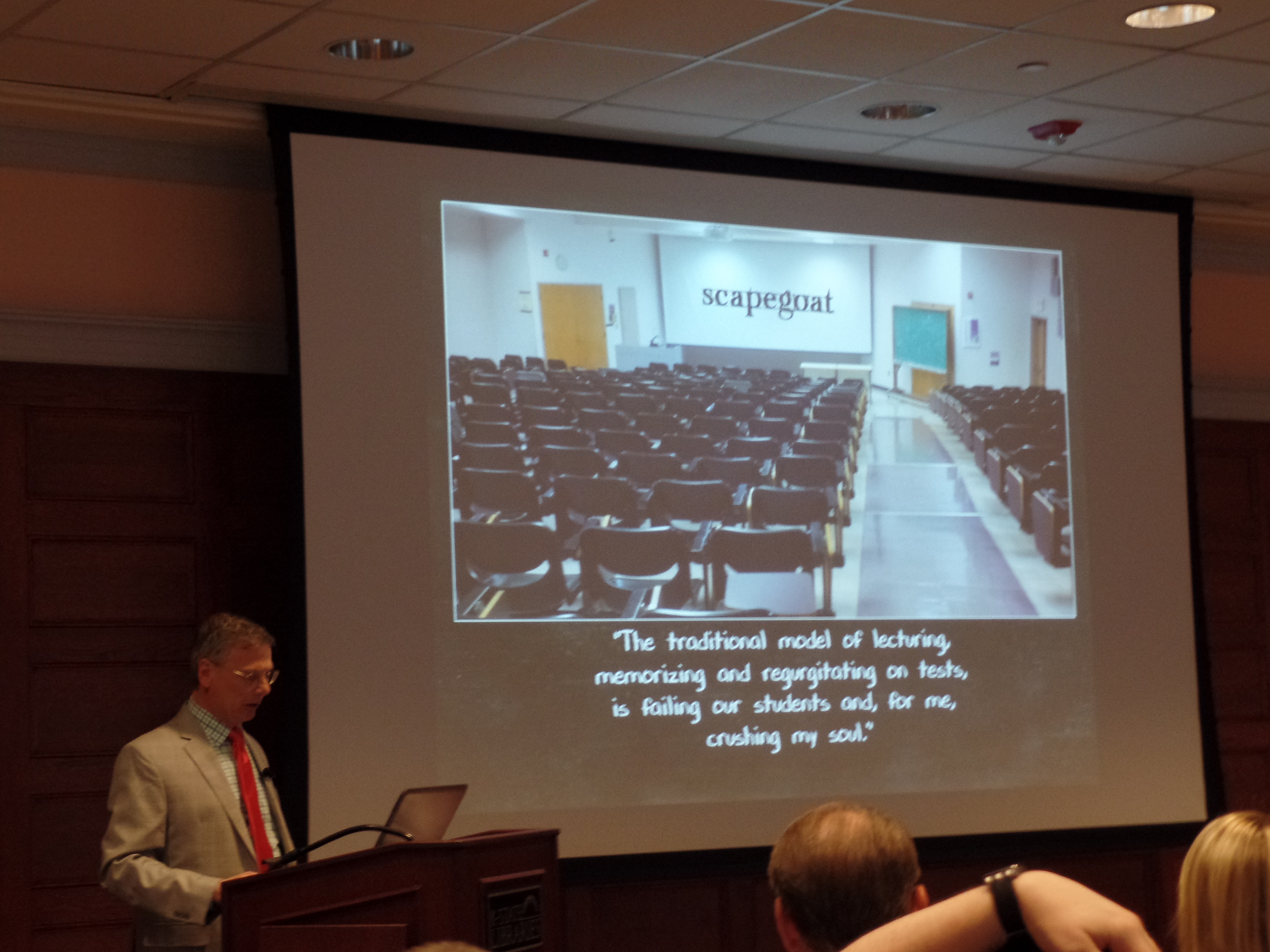




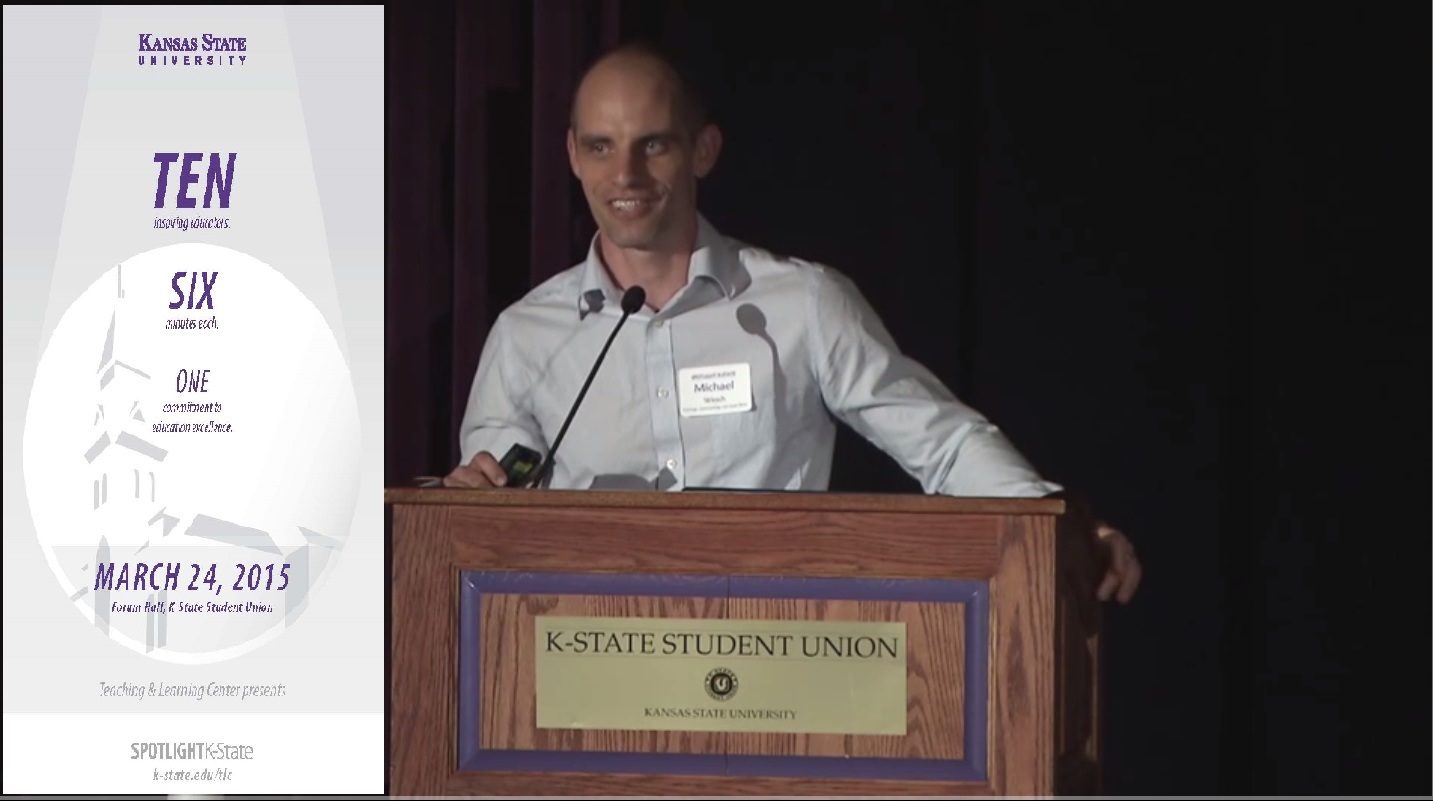

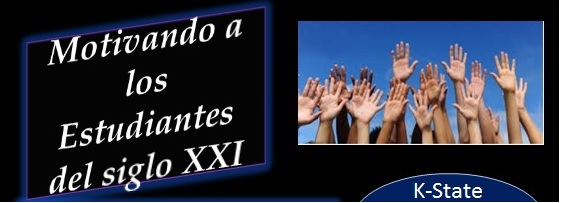
Recent Comments